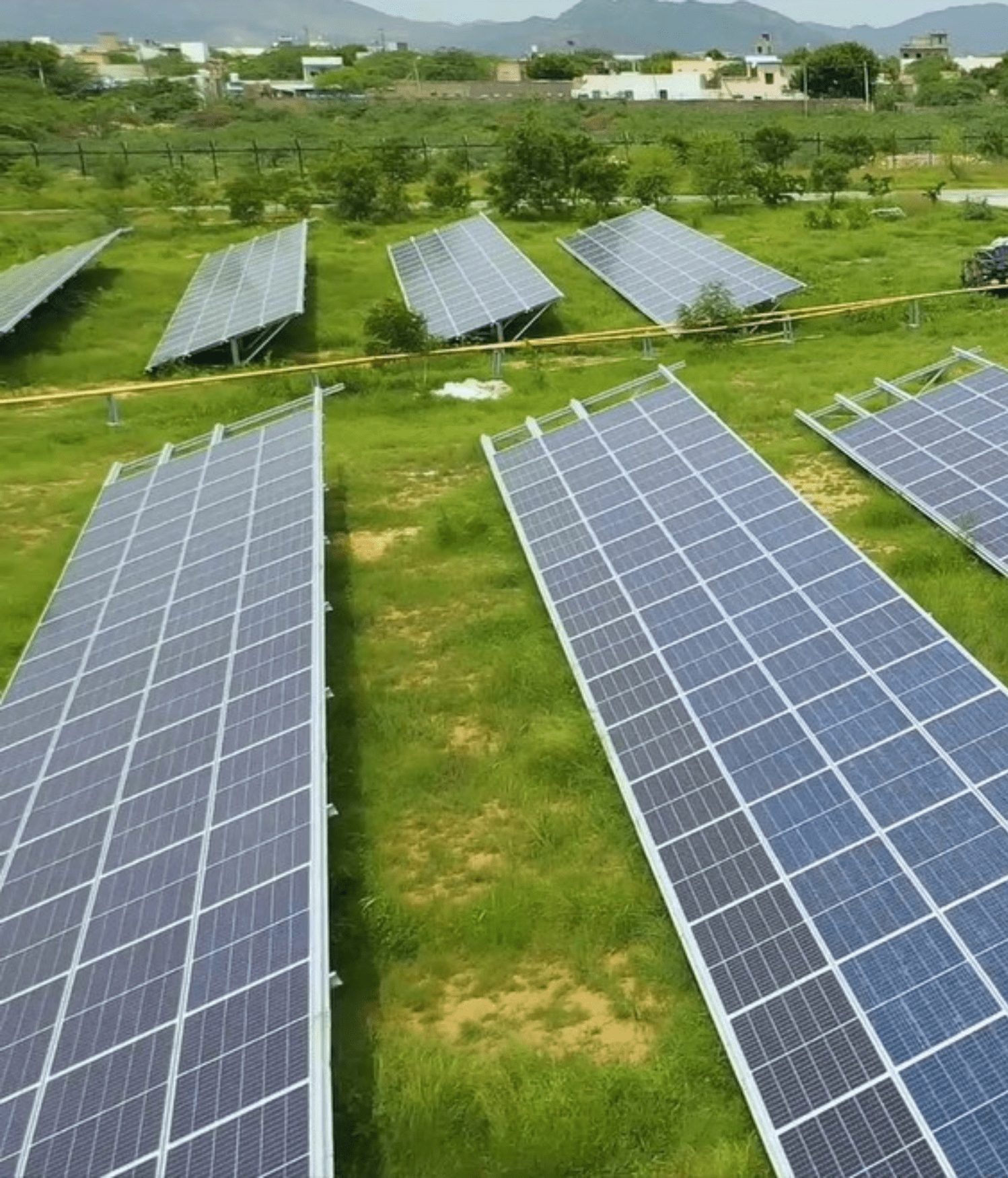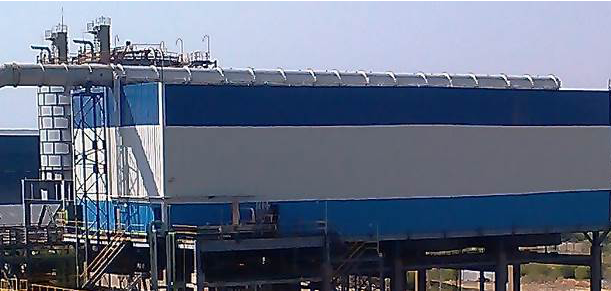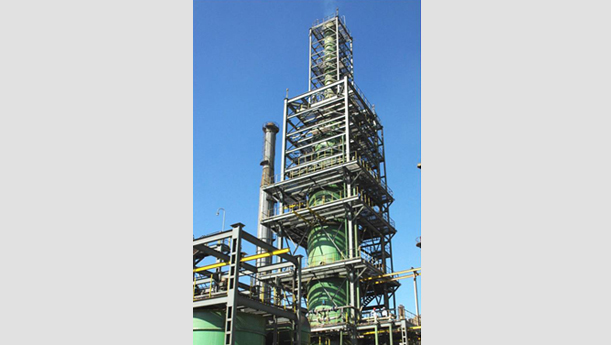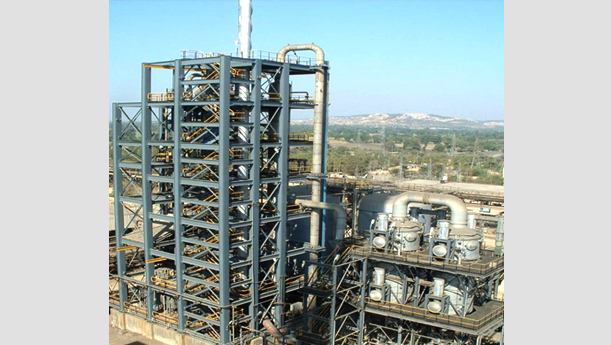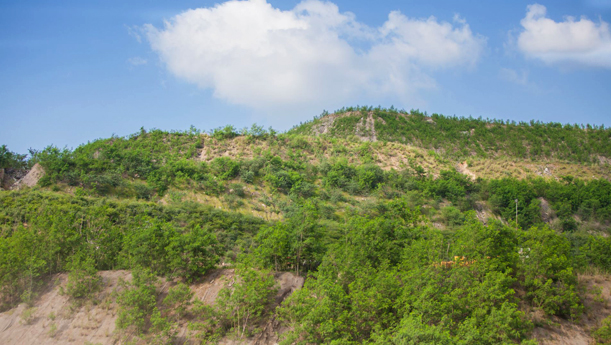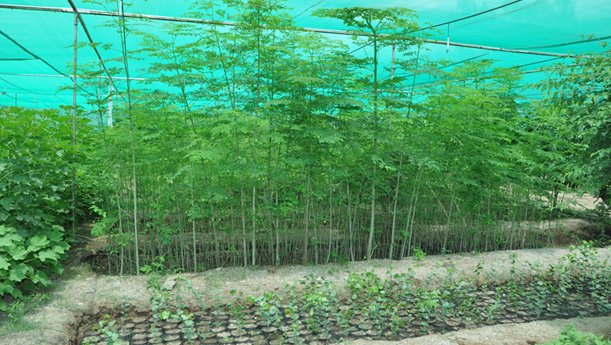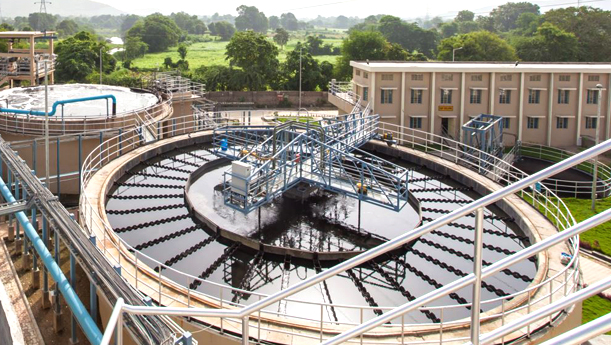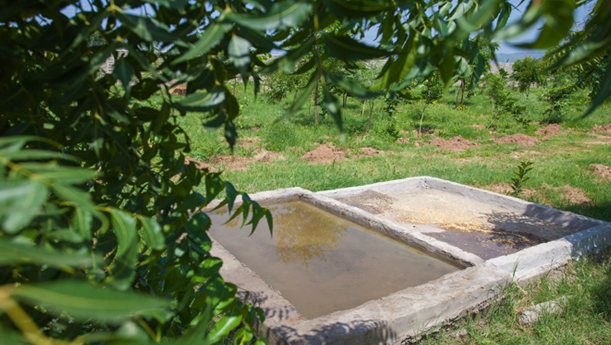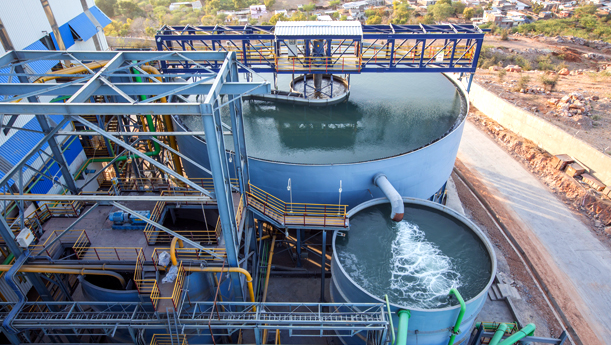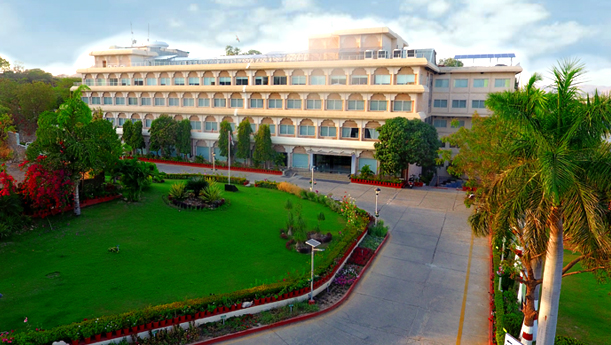
In our unceasing pursuit of sustainable growth, we have ventured into transforming our own Yashad (Zinc) Bhawan to earn the status of a green building. With meticulous efforts and the use of state of- the-art technologies, ’Yashad Bhawan’, Hindustan Zinc’s Head Office at Udaipur, has achieved the honor of becoming Rajasthan’s first platinum-rated green building in the existing building category, awarded by the CII-Indian Green Building Council (IGBC). Yashad Bhawan is now one of those 14 CII-IGBC buildings in India that has a platinum rating. The building was evaluated by a rigorous screening for green features under the categories of site and facility management, water efficiency, energy efficiency, and health and comfort. Some of the key green features include an integrated fresh air ventilation system, active cooling system, and air handling units (AHU) with an integrated indoor environmental quality (IEQ) monitoring system to improve indoor air quality and monitoring, online energy monitoring system, installation of water meters and creation of lush green belt across the corporate office and residential colony. Further, rooftop solar panels of 100kWp with a capacity to generate 1,62,000 units every year were installed, offsetting 15% of the total energy requirement.
The project has achieved energy savings of 27% and water use reduction of 37%. With this, Yashad Bhawan opens a novel gateway for building sustainable architecture in Rajasthan, which is known for its heritage of magnificent monuments.





